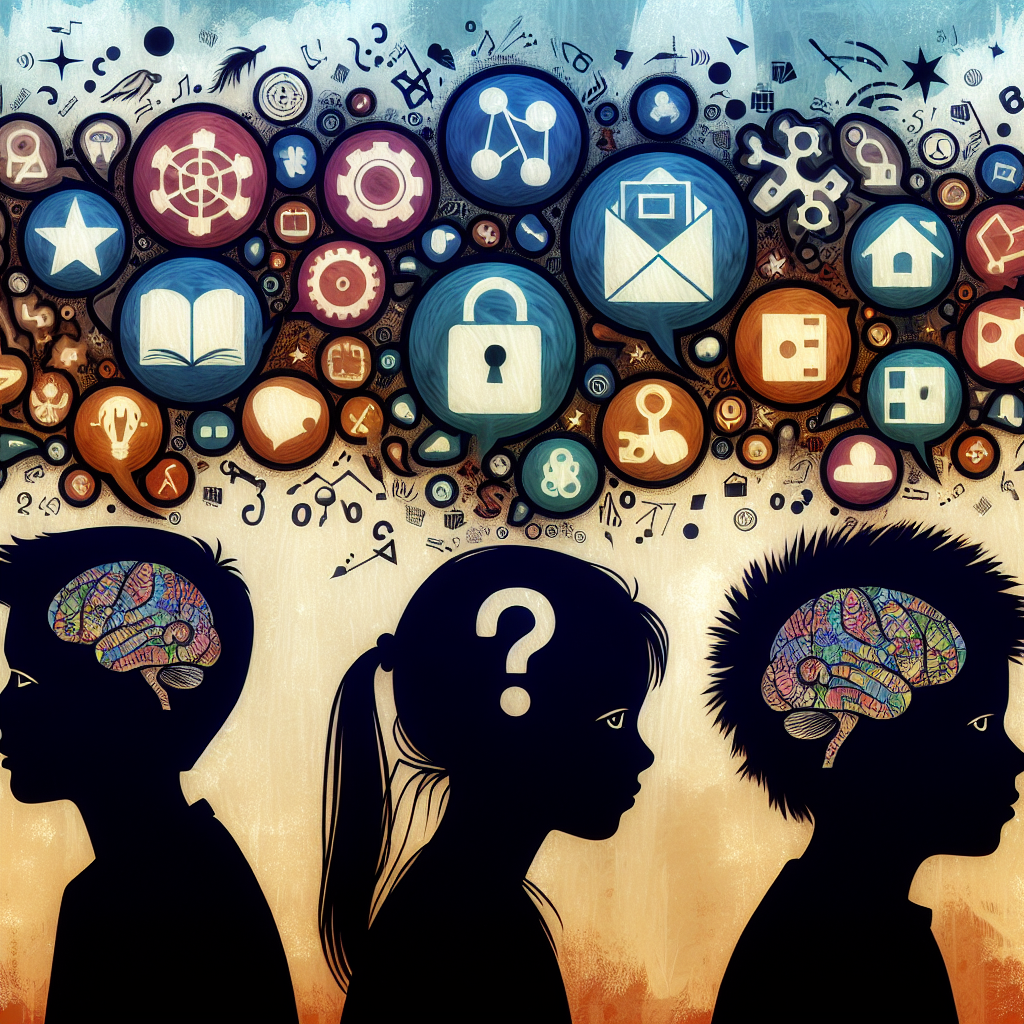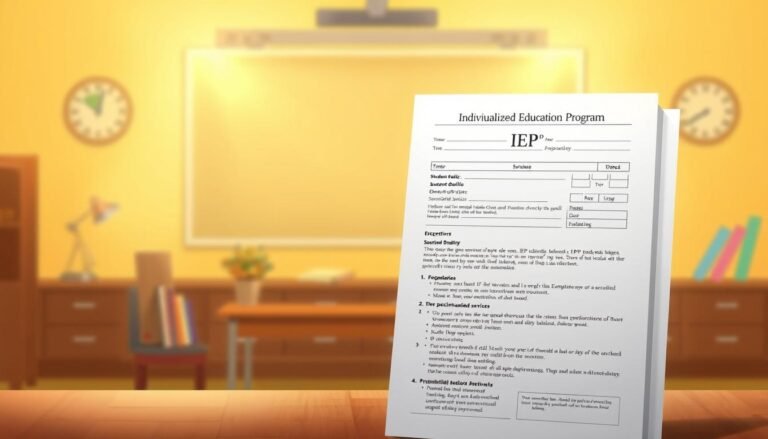
The Hidden Struggles: Identifying Symptoms of Non-Verbal Learning Disabilities in Children
Introduction
Imagine sitting in a classroom filled with students; all eager to learn, yet one child stands apart. While the others engage in lively discussions, this child appears lost in translation. Non-verbal learning disabilities (NVLD) often remain undetected, with many children experiencing hidden struggles that are overlooked by teachers and parents alike. Understanding and identifying the symptoms of NVLD is essential for providing the support these children require to thrive. In this comprehensive article, we will delve into the intricacies of NVLD, exploring its symptoms and offering effective strategies for intervention, empowering both caregivers and educators.
Understanding Non-Verbal Learning Disabilities
What is Non-Verbal Learning Disability?
Non-verbal learning disability is a neurological condition characterized by a discrepancy between verbal and non-verbal skills. Children with NVLD often excel in verbal abilities, such as reading and vocabulary, while struggling with non-verbal skills, including spatial awareness, social interactions, and physical coordination.
Key Characteristics of NVLD
| Characteristic | Description |
|---|---|
| Strong verbal skills | Often articulate with a rich vocabulary. |
| Difficulty with spatial tasks | Struggles with map reading, puzzles, or visual-spatial reasoning. |
| Poor social skills | Difficulty understanding non-verbal cues, leading to social challenges. |
| Coordination problems | Issues with fine and gross motor skills. |
| Rigid thinking | Preference for routines with difficulty adapting to change. |
The Importance of Early Identification
Identifying the symptoms of NVLD early can lead to more effective interventions, helping children develop essential coping and adaptive skills. Early detection not only aids in academic success but also fosters positive self-esteem and social relationships.
Symptoms of Non-Verbal Learning Disabilities
Social Integration Challenges
One major aspect of NVLD is the difficulty in navigating social situations. Children may lack the ability to interpret body language and facial expressions, leading to misunderstandings.
Case Study: Jamie’s Journey
Jamie, a ten-year-old, consistently found himself isolated during recess. While his peers effortlessly engaged in games, he struggled to interpret social cues, often misreading when to join in or stand back. Through a targeted social skills program, Jamie learned to recognize non-verbal signals, paving the way for deeper connections with his classmates.
Analysis
Jamie’s experience highlights how hidden struggles manifest in social settings for children with NVLD. Interventions focusing on social skills can significantly alter the life trajectory for these children.
Academic Difficulties
While many children with NVLD are strong verbal learners, they may struggle with complex math problems or written assignments that require abstract thinking.
Table: Symptoms Influencing Academic Performance
| Academic Area | NVLD Challenges |
|---|---|
| Math | Difficulty with word problems or visual-spatial tasks. |
| Reading Comprehension | Understanding implied meanings or inferences. |
| Writing | Trouble organizing thoughts or structuring essays logically. |
Poor Motor Coordination
Children with NVLD often exhibit challenges with coordination, which can affect their physical activities and self-esteem.
Case Study: Lily’s Athletic Journey
Lily loves soccer but frequently faces challenges due to her coordination issues. While her verbal skills earned her high marks in school, her discomfort on the field often resulted in frustration. With specialized coaching and practice, she learned techniques to improve her physical skills and boost her confidence.
Analysis
Lily’s case illustrates the importance of individualized strategies in helping children with NVLD improve motor skills. Supportive environments that celebrate progress can enhance self-esteem and engagement.
Rigid Thinking Patterns
Children with NVLD may exhibit inflexible thinking, making it difficult for them to adapt to new situations or changes in routines.
Case Study: Max’s Adaptation
Max, a nine-year-old, thrived on routine and became extremely frustrated whenever changes occurred, such as a new seating arrangement or an unexpected day off school. With the help of a counselor, Max learned relaxation techniques and coping strategies, gradually becoming more adaptable.
Analysis
Max’s story emphasizes the significance of teaching coping mechanisms to children with NVLD. By instilling adaptability skills, caregivers can help children navigate life’s inevitable changes.
Strategies for Identification and Support
Identifying Non-Verbal Learning Disabilities
To identify NVLD in children, consider the following strategies:
- Observation: Recognize patterns of behavior in social interactions, academic performance, and physical tasks.
- Testing: Conduct standardized assessments to measure cognitive abilities and reveal discrepancies between verbal and non-verbal skills.
- Input from Multiple Sources: Collaborate with teachers, parents, and other professionals to gain a holistic understanding of the child’s abilities.
Effective Interventions
Implementing targeted interventions can significantly help children with NVLD.
Social Skills Training
Engaging children in structured social skills groups can help them learn and practice essential social cues and nuances.
Academic Support
Tutoring and tailored educational plans can assist in bridging the gap between strengths and weaknesses, enabling children to excel in their academic pursuits.
Occupational Therapy
This approach can improve fine and gross motor skills, enhancing the child’s overall coordination and physical confidence.
Building Self-Esteem
Encourage children with NVLD to participate in activities that play to their strengths while offering praise and recognition for their achievements. Cultivating resilience will empower them to tackle challenges in both academic and social settings.
Conclusion
The hidden struggles associated with non-verbal learning disabilities are often overlooked, leaving many children to navigate their challenges alone. By understanding and identifying the symptoms of NVLD, we can foster an environment conducive to growth and self-discovery. Through early intervention and continued support, children with NVLD can learn to harness their unique abilities, ultimately leading to a bright and fulfilling future. Let us work together—educators, parents, and the community—to break down barriers and champion the strengths of every child.
FAQs
1. What is the best way to identify if my child has NVLD?
Engage in careful observation of their behaviors in various settings, seek input from teachers, and consider formal evaluations by educational psychologists.
2. Can NVLD exist alongside other disorders?
Yes, NVLD can co-occur with conditions such as ADHD, autism spectrum disorders, and anxiety, complicating the overall picture.
3. How can I support my child with NVLD at home?
Create structured routines, encourage social interaction through playdates, and celebrate their verbal achievements to boost self-esteem.
4. Are there resources available for parents of children with NVLD?
Yes, many organizations provide support, including local support groups, online forums, and educational resources tailored to NVLD.
5. Can children with NVLD succeed academically?
Absolutely! With tailored support and interventions, children with NVLD can perform well academically, especially in subjects that capitalize on their verbal strengths.
6. What therapies are effective for children with NVLD?
Occupational therapy, social skills training, and cognitive behavioral therapy have been successful in supporting children with NVLD in various aspects of their lives.
Through this exploration of The Hidden Struggles: Identifying Symptoms of Non-Verbal Learning Disabilities in Children, we hope to empower caregivers and educators to better understand and support these remarkable children. Together, we can shine a light on their hidden struggles and celebrate their unique journeys.
















